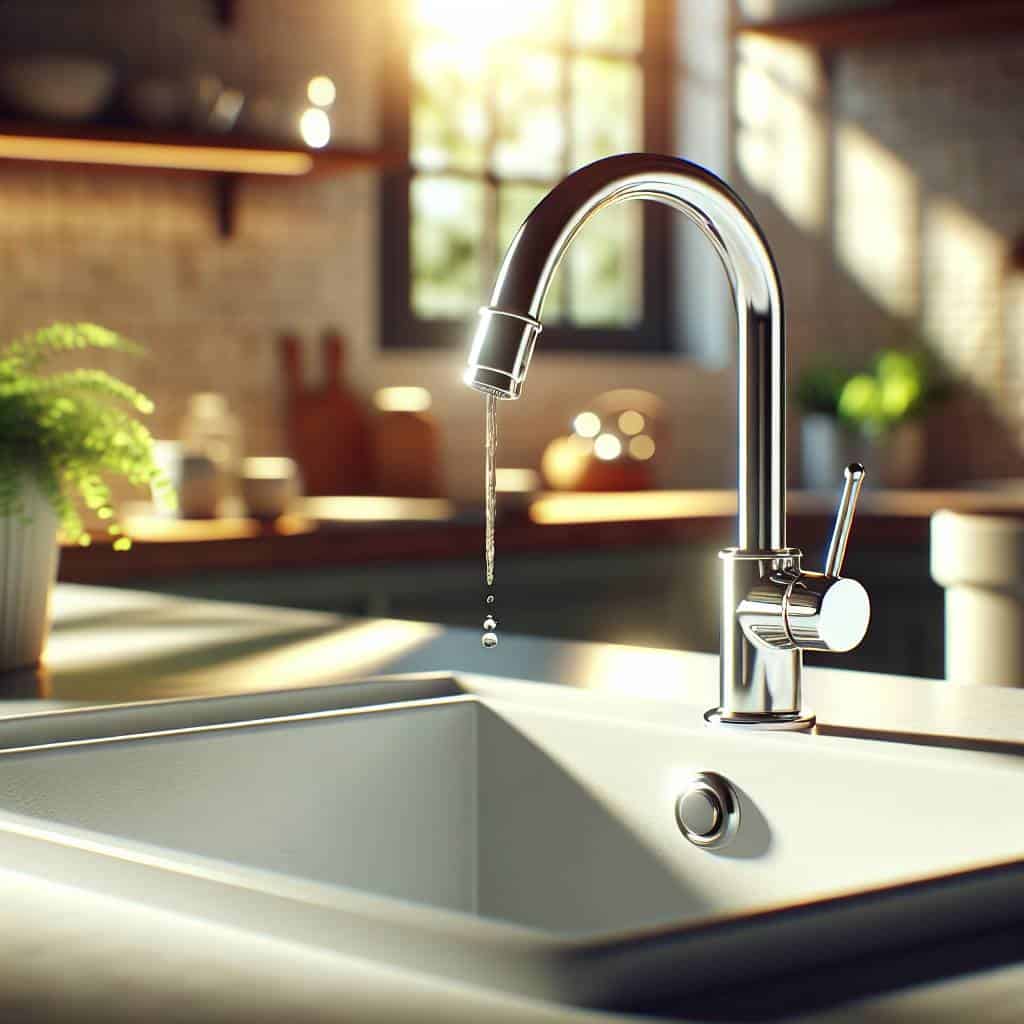I once thought saving water at home was as simple as turning off the tap while brushing my teeth. Yeah, right. Try telling that to my water bill, which seemed to have a mind of its own, taunting me every month. Picture this: me, standing in my kitchen, staring at a dripping faucet like it was plotting against my wallet. It’s funny how the sound of a single drip can echo louder than a diesel engine when you know each one is costing you. But I’m not here to weep over spilled water—or money, for that matter. I’m here to share the gritty truth I learned from battling my own leaks and squeaks.

So, here’s the deal. This isn’t another list of tired tips that read like a manual for the oblivious. I’m talking real, actionable advice that won’t just save you a few bucks but might just make you feel like you’re outsmarting the water gods. We’ll dive into habits that stick, efficient fixtures that actually work, and how to be eco-friendly without feeling like you’re living in a desert. Because let’s face it, water’s not just life—it’s liquid gold, and it’s about time we treated it that way.
Table of Contents
My Reluctant Journey to Becoming an Eco-Friendly Fixture Fanatic
I never fancied myself as the eco-warrior type. If you’d told me a decade ago that I’d become obsessed with water-saving fixtures, I’d have laughed you right out of the barn. But here I am, knee-deep in the world of low-flow faucets and dual-flush toilets, all because I got tired of watching my hard-earned cash swirl down the drain. It started with a water bill that hit me harder than a wrench slipping off a bolt. I was paying for water like it was liquid gold, and I was determined to plug that leak.
Let me tell you, the journey wasn’t all sunshine and efficient plumbing. At first, I resisted. I figured, what’s the big fuss? Water comes in, water goes out, the world keeps spinning. But then, I started seeing the small changes add up. I swapped out my old showerhead for a low-flow version—skeptical, sure. But the first month’s bill was enough to make me a believer. It wasn’t just about saving money, though that was a nice perk. It was about realizing the impact of my habits. Every drop saved felt like a little victory against waste. Suddenly, I found myself eyeing the rest of my house like a project waiting to be tackled.
Turns out, making these changes didn’t require a complete overhaul of my life. Just a few tweaks here and there, and my home was running more efficiently than a well-oiled machine. I embraced it, reluctantly at first, but then with gusto. Because once you see the results, it’s hard to go back to old ways. And sure, it’s a bit ironic—a grease monkey like me turning into a fixture fanatic. But hey, if I can get jazzed about saving water, maybe there’s hope for anyone. After all, every time I turn on the tap and see that steady, controlled flow, it feels like I’m winning a little battle for my wallet and the planet.
The Leak Stops Here
When you swap those old fixtures for efficient ones, you’re not just saving water—you’re rewriting your bill and your habits.
The Ripple Effect of a Water-Wise Life
It’s funny how a few small changes can turn into a full-blown lifestyle shift. I started off grumbling about my water bill and ended up with a whole new perspective on what it means to live efficiently. Replacing those old fixtures felt like giving my home a tune-up, and just like a finely calibrated engine, things started running smoother. But it wasn’t just about the hardware. It was about changing my habits, too. Every drop saved felt like a minor victory, a nod to a more sustainable way of living.
And now? Well, I’ve found a certain rhythm in this eco-friendly dance. I used to think being ‘green’ was for folks with more time and patience than me. Turns out, it just takes a little elbow grease and a willingness to see things differently. I’m still learning—still tinkering with ways to cut down on waste and make my home hum more harmoniously with the world outside. But if there’s one thing I know, it’s that every effort counts. Because in the end, it’s not just about saving water. It’s about valuing the resources we have and making sure our actions today don’t rob us of a better tomorrow.